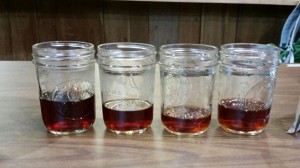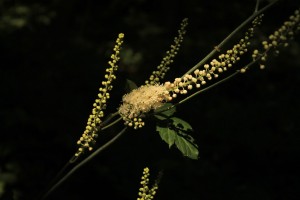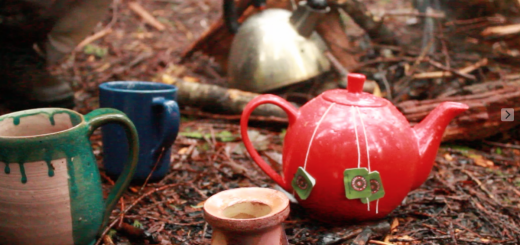Tasting Experience with Tea
Favorite Insights
| Date | Speaker | Place Represented | Insight | More |
| Week 1, January 5, 2016 | Abir Biswas | Terroir faculty | Tea is about comfort. When it comes to consuming tea it’s easy to get caught up in the purists notion of unadulterated tea. But Abir taught us that its alright to listen to our sensory star and disregard purist ideas. Add a little milk, add a little sugar, and make the tea so it suits your preferences. | “I have increasingly noticed that drinking tea is slow, reflective, savoring experience (unlike how I think of coffee).”-Abir Biswas |
| Week 5, February 4, 2016 | Raj Babale | Young Mountain Tea Company | The longer the leaves wither–the carbohydrates start turning into sugars resulting in sweeter teas preferred for iced teas.
Darjeeling only makes up three to seven percent of India’s tea production but is the most highly sought tea on the market. |
“The first Indian grown tea drank came from the town, Ku Maon.” |
| Week 5, February 2, 2016 | Dewey Meyer | Northwest WuWo Tea Association | Unlike some other versions of camillia sensus, Oolong tea is oxidized before it is fixed and dried. Oolong is also special because before the manual oxidation process, the leaf hopper bugs feast on the tea leaves. The leave then begin to oxidize themselves as a natural pesticide. | Favorite quotes:
“Tea is for play–play with it.” “Kung Fu is the practice of patience and spending time to be in the moment.” |
Preferred Taste and Linden Memories
The cultural vernacular surrounding the word “tea” defines the beverage as a drink made with hot water and dried leaves or flowers. This vernacular does not place camellia sinensis superiorly above herbal teas despite the fact that the majority of tea masters or tea enthusiasts will claim that herbal teas are not tea but mere infusions. However, I personally am more open-hearted to herbal teas only because I grew up in a family where all of our herbal teas were made from the plants that grew around our house. This subjectivity and learned bias now continues to affect my palate and at this period of time I prefer camellia sinensis brews when they have more floral and fruity notes like the herbal “infusions” I grew up drinking. This being said, my favorite tea-related taste from this quarter was the Su Ji Chun “Four Seasons Spring” Oolong tea that Dewey Meyer shared with us on February 2nd. I was attracted to the light vegetal aromas and I was delighted by the linden under notes of the brew. There were also hints of rose bud and jasmine that built up the body of the tea, but the linden notes stuck with me the most because I momentarily thought that there must have been some kind of mistake and we were all tasting lime-blossom tea.
I would argue that there is objectivity within the subjectiveness that I taste this tea as more superior to the others. Terroir is often not only the physicality of the flavors, but the nostalgia that they provoke. James Norwood Pratt says, “We all know that tea is good for us, but that is not why we love it. Tea is simply something that always makes us feel better and a bit more civilized and that is reason enough.” My attraction to the taste of Linden is based on happy memories I had as a child, picking flowers for the dinner table, running through fields Black Kohosh and Linden trees, and dropping fresh petals onto the clean surface of afternoon cups of tea.
-Nora Hantula(Edited by Glenn Tippy, Lliam Carlton)
Photos taken by: Nora Hantula



